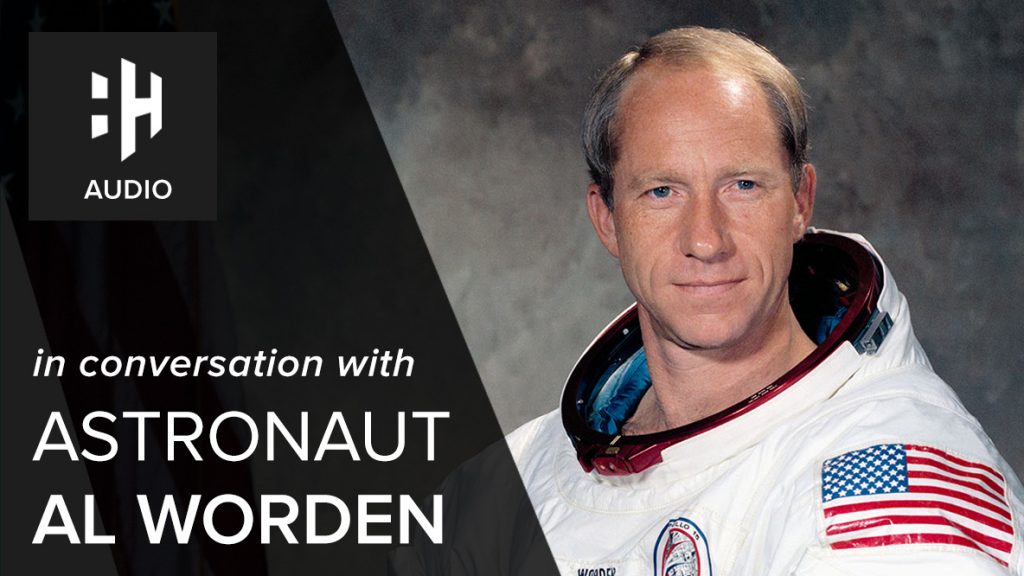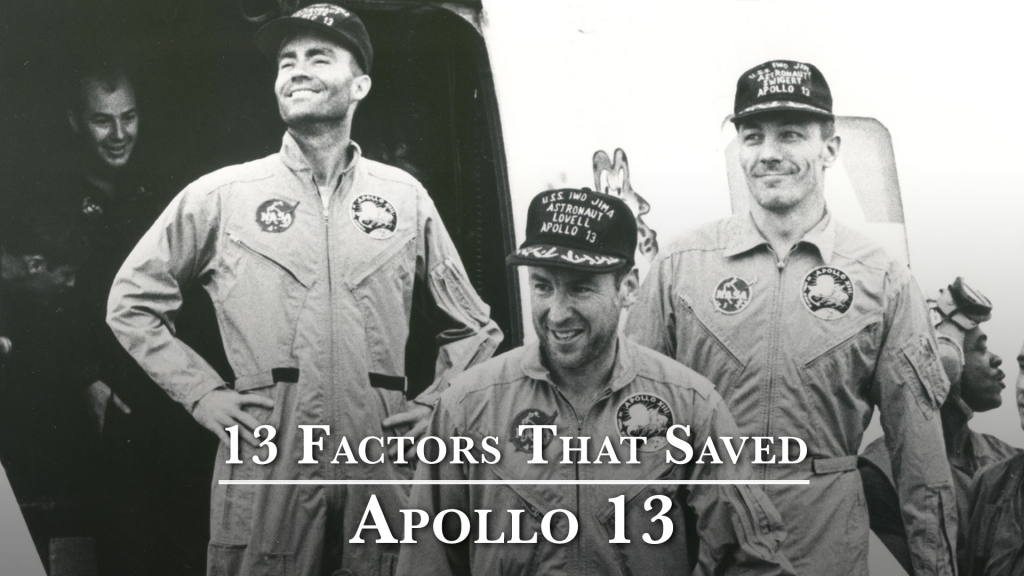
In the heat of rising Cold War tensions, NASA launched the Apollo programme. Over the next 11 years NASA would lead a series of missions that would expand human knowledge of space.
The pinnacle of the project’s success came when Neil Armstrong took his first historic steps on the Moon in 1969. This is the Apollo programme’s lasting legacy. The Apollo Mission remains one of the most important contributors to the technological advancement of humankind.
1. The Apollo mission was the 3rd US human spaceflight programme carried out by NASA
Following Project Mercury and Project Gemini, the Apollo programme was the third human space programme conducted by NASA.
2. The Apollo Programme wasn’t initially planned to land on the Moon
Initially, the Apollo missions were not intended to land on the Moon but to simply launch a three-person spacecraft. It was in fact President Kennedy who set the new goal of landing on the Moon in his address to congress on 25 May 1961.
First, I believe that this nation should commit itself to achieving the goal, before this decade is out, of landing a man on the Moon and returning him safely to the Earth.
From this moment on the Apollo programme was committed to this end, firmly putting the Apollo programme on a course to make history.
 Watch Now
Watch Now3. Apollo 1 ended in tragedy
AS-204 was intended to be the Apollo programmes first crewed mission. The objective was a low Earth orbital test of the Service and Command module which was scheduled to launch on 21 February 1967, however, during a rehearsal a fire broke out in the cabin and ignited the pure oxygen environment, killing all three crew members.
The mission was posthumously renamed Apollo 1 in memory of the three astronauts who lost their lives and in recognition of the sacrifice they made.
4. Apollo launched 12 crewed missions, with 6 landing on the Moon
Apollo 7 was the first mission of the Apollo programme to carry a crew into space. This mission, alongside Apollo 8, 9 and 10, paved the way for the success of Apollo 11, when Neil Armstrong made history with his first ‘small step’ and realised Kennedy’s national goal. Apollo 11 was followed by 5 more Moon landings (Apollo 12, 14, 15, 16 and 17).

Portrait of the Apollo 1 crew for first manned Apollo space flight. From left to right are: Edward H. White II, Virgil I. “Gus” Grissom, and Roger B. Chaffee.
Image Credit: NASA / Public Domain
5. The US Government was sued after Apollo 8
When Apollo 8 succeeded in orbiting the Moon for the first time in December 1960, the crew made a live broadcast on Christmas Eve. During the broadcast, the astronauts read from the book of Genesis.
Despite being the most-watched TV programme ever at the time, not everyone was impressed by the inclusion of religion. Prominent activist and atheist Madalynn Murray O’Hair filed a lawsuit against the US government claiming violation of the First Amendment. The lawsuit was eventually thrown out.
6. The Apollo programme cost a total of $25.4 Billion
When adjusted for inflation this figure is now closer to $153 billion dollars. The Apollo programme was the biggest research and development project ever conducted in peacetime, at its peak employing 400,000 people all over the US.
It is unsurprising then that the project proved unsustainable. Political and social turbulence in the US meant both public and political support for the programme began to diminish and NASA struggled to continue to fund missions.
7. The Moon is now an astronaut junkyard
Whilst on the Moon the Apollo astronauts took photographs, set up experiments and collected samples, including 382 kg of Moon rock. But one thing they didn’t do was clean up after themselves. The items left on the Moon range from the sentimental and poignant, to the mundane and quite frankly disgusting.

The most famous of the Moon rocks recovered, the Genesis Rock, returned from Apollo 15.
Limited space on the lunar module meant astronauts had to leave a few things behind including: a camera, tongs, tools, scales, a hammer, empty food bags, insulated blankets, urine containers and defection collection devices.
However, more sentimental objects of significance were also placed on the Moon. During each Moon landing a commemorative plaque was left to mark the mission. The plaque left after the historic Apollo 11 landing read:
Here men from the planet Earth first set foot upon the Moon July 1969, A.D. We came in peace for all mankind.”
Armstrong and Aldrin left a mission patch in memory of the Apollo 1 astronauts who died in 1967. Clearly, the camaraderie and respect among astronauts went beyond borders and transcended cold war politics as medals awarded to deceased Russian cosmonauts Yuri Gargarin and Vladamir Komanov were also left.

View of the plaque to be left at the Taurus-Littrow lunar landing site by the Apollo 17 astronauts. It is attached to the ladder on the landing gear strut on the descent stage of the Apollo 17 Lunar Module “Challenger”.
8. An experiment set up by Apollo 11 is still collecting data
Whilst on the Moon, astronauts set up various experiments to expand our knowledge of space and incredibly, the Lunar Laser Ranging experiment continues to provide important data today.
The experiment which measures the distance from the Earths surface to the Moon has been able to confirm existing theories, like Einsteins theory of relativity, whilst providing new findings:
- The Moon is moving away from Earth at a rate of 3.8 cm/year
- The Moon probably has a liquid core of about 20% of the Moon’s radius
- The universal force of gravity is stable
9. Apollo 13 never made it to the Moon
What was due to be the third Moon landing was aborted after an oxygen tank exploded, causing severe damage to the service module. Despite several issues including loss of power, loss of cabin heat, a shortage of portable water and the need for makeshift repairs, the crew were able to land safely back to earth, narrowly avoiding another tragedy.
10. Record-breaking Apollo 17 was the last Apollo mission to the Moon
Apollo 17 was the last mission of the Apollo programme. The mission broke several records including the longest Moon landing, the longest Moon walk, the largest lunar sample, the longest time spent in lunar orbit and with 75 rotations, the most orbits around the Moon.
11. The Apollo missions led to inventions of everyday items
The Apollo missions invested billions of dollars in the development of new technologies. Alongside spacecraft, space suits and rocket launchers, NASA has pioneered more than 6,300 technologies that are now used in everyday life, including the cordless power drill which was initially developed to drill through Moon rock, and computer joysticks which navigated the Apollo Lunar Ranger.
12. The planned Artemis Programme gives hope for more Moon exploration
In Greek mythology, Artemis was the Goddess of the Moon and the sister of Apollo. Consequently, she is a fitting patron for NASA’s current ongoing mission to return astronauts to the Moon by 2024.
The mission aims to explore more of the lunar surface including Tycho, Copernicus and the South Pole. Artemis is an important step in maintaining a sustainable human presence on the Moon and eventually sending humans to Mars.
 Listen Now
Listen Now














